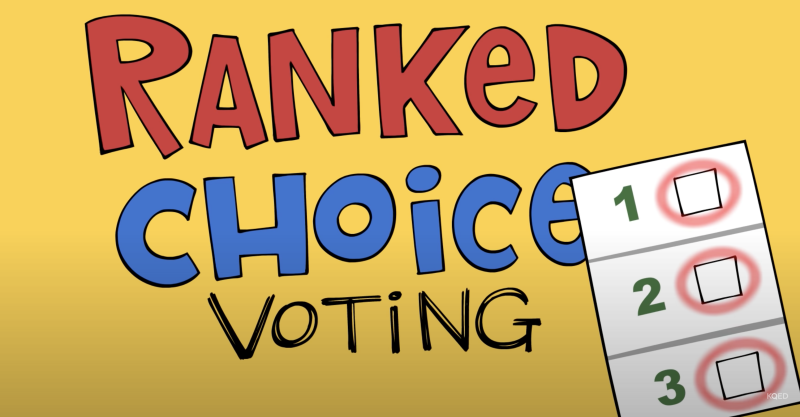Ranked Choice Voting: How Does it Work and What Mistakes to Avoid

Ranked choice voting is currently used in East Bay cities like Oakland and San Leandro and recently Richmond just adopted this form of electing their city leaders. However, ranked choice voting can be unreliable due to its complexity, which may confuse voters and lead to higher rates of ballot errors and spoiled ballots. The process of reallocating votes from eliminated candidates can result in non-majority winners, where the elected candidate doesn't have the most first-choice votes. Additionally, ranked choice can disadvantage less popular or lesser-known candidates, as voters may not rank them at all. The voting system's mathematical intricacies can also obscure transparency, making it harder for the public to trust and understand the outcomes. These factors combined can undermine the perceived legitimacy of election results.
What is Ranked Choice Voting:
Ranked Choice Voting is a voting system where instead of choosing just one candidate, voters rank candidates in order of preference (1st choice, 2nd choice, 3rd choice, etc.). Here's how it works:
- First Round: All the first-choice votes are counted.
- Majority Check: If a candidate gets more than half of the first-choice votes, they win.
- Elimination and Redistribution: If no candidate gets more than half, the candidate with the fewest first-choice votes is eliminated. Voters who chose that candidate as their first choice have their votes transferred to their next choice.
- Repeat: This process of eliminating the last-place candidate and redistributing their votes continues until a candidate has more than half of the votes and wins.
The idea behind the method is that it tries to ensure that the winner has broad support from the majority of voters.
Do's of Ranked Choice Voting:
- Rank Candidates Honestly: Rank your favorite candidate as your first choice and continue ranking in the order you prefer.
- Understand the System: Familiarize yourself with how votes are counted and redistributed.
- Check Instructions: Follow any specific instructions provided on the ballot or by the election authority.
- Review Your Ballot: Before submitting, ensure you've marked your preferences correctly.
Don'ts of Ranked Choice Voting:
- Don't Skip Rankings: Avoid skipping numbers or ranking multiple candidates with the same number.
- Don't Rank Unwanted Candidates: If you absolutely do not want a candidate to win, don’t rank them at all.
- Don't Rank a Candidate Multiple Times: Ranking a candidate more than once does not give them extra advantage.
- Don't Rush: Take your time to consider your choices and rank them thoughtfully.
Ranked choice voting is often promoted as a fairer and more democratic way to elect candidates, but several significant drawbacks make it a less reliable option for elections. One of the main issues is its complexity. The system requires voters to rank candidates in order of preference, which can be confusing, especially for those unfamiliar with the process. This complexity can lead to a higher incidence of ballot errors, where votes are incorrectly marked or left incomplete, resulting in spoiled ballots that are not counted. This disenfranchises voters and can skew election results.
Another critical concern is that it can result in winners who do not have the most first-choice votes. If no candidate wins a majority of first-choice votes, the candidate with the fewest votes is eliminated, and their votes are redistributed to the remaining candidates based on second choices. This process continues until one candidate has a majority. However, this can lead to scenarios where the ultimate winner was not the first choice of the majority of voters, undermining the principle that the candidate with the broadest initial support should win. This can erode public trust in the electoral system and the legitimacy of elected officials.
Additionally, ranked choice voting can disadvantage less popular or lesser-known candidates. In a traditional voting system, a candidate with a dedicated, albeit smaller, base of support can sometimes win in a crowded field by consolidating their base. In Ranked choice voting however, such candidates may be eliminated early if they do not receive enough first choice votes, even if they could have built broader support in a traditional runoff. This system favors candidates who are more broadly acceptable rather than those with passionate support, which can stifle political diversity and innovation.
While ranked choice voting aims to enhance electoral fairness, its complexity, potential to elect non-majority winners, disadvantages to certain candidates, and transparency issues make it a problematic choice for elections. These factors can undermine the reliability and legitimacy of election outcomes, ultimately making a less favorable option for ensuring democratic representation.


